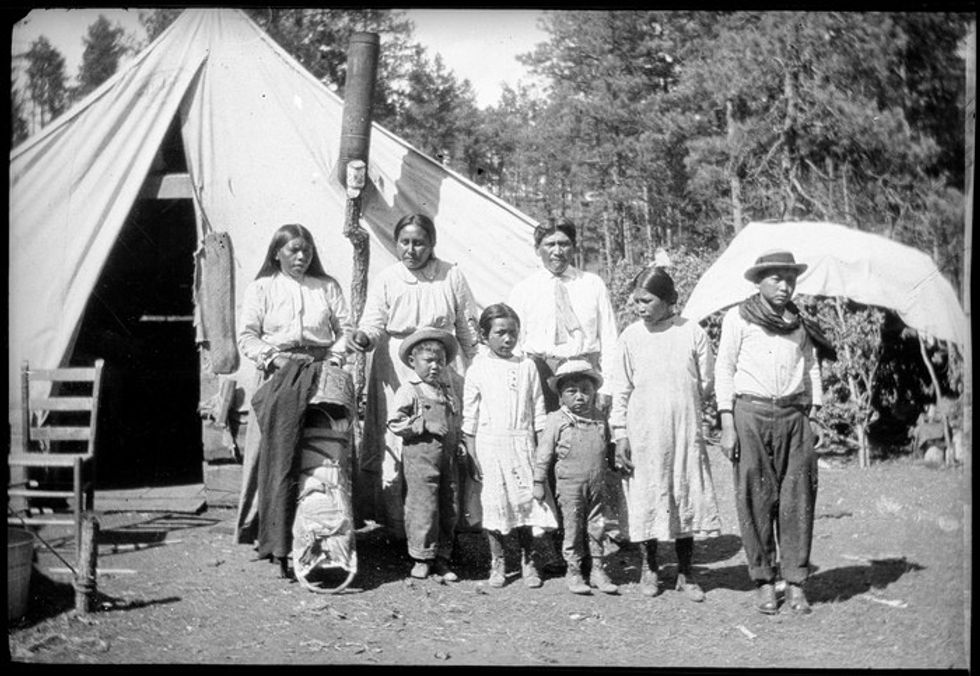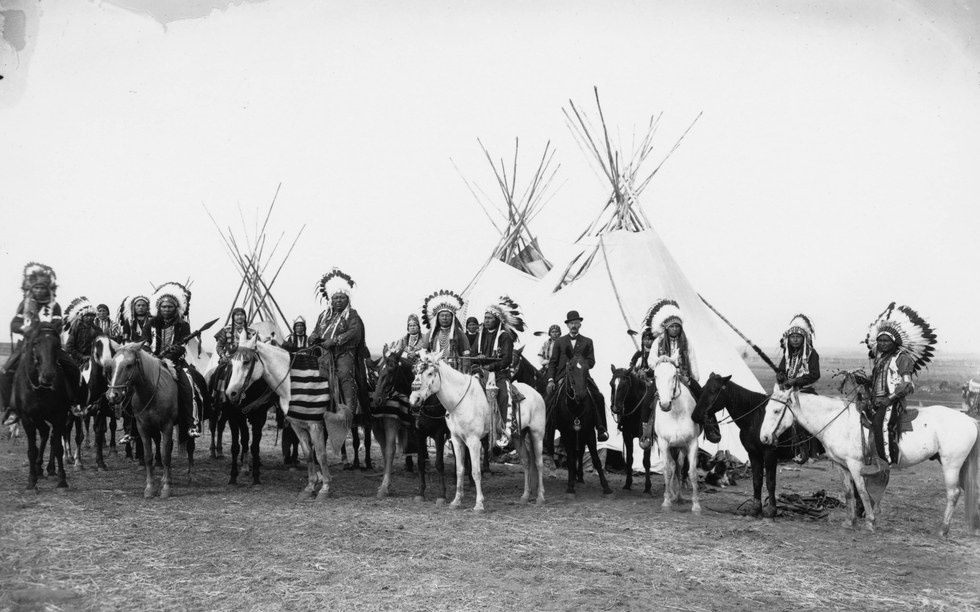School curriculums nationwide include units that teach students about the history of the American Indians. For years we have been taught about the significance of the Native Americans’ kindness toward the Pilgrims, a celebration known as Thanksgiving. Yet, there is a darker side to the history of the American Indians. In school, the teachers rarely touch upon the mistreatment of the American Indians by the first colonists. Until high school, I was mostly unaware of the abuses faced by the Native Americans. Now, I know. We are all too happy to talk about Thanksgiving, but what about the millions of people who died from disease? What about the people forced from their homes? Don’t they deserve recognition? Although an exact number of how many people inhabited North America in the Pre-Columbian era is unknown, estimates range from 2.1 million to 18 million. 90% of these people were killed by disease spread by the first colonists, and that marked the beginning of the end. Enslavement followed, and settlers continued to steal Indian land. The American Indians were soon outnumbered, their land stolen, and many forced from their homes and onto reservations many times smaller than their previous residences. The number of Native Americans killed during this time makes it one of the worst genocides the world has ever seen. So why don’t more people know about it?
Even today, not much is done for the American Indians. President Obama himself admits that “few have been ignored by Washington for as long as Native Americans — the first Americans.” Native Americans weren’t even citizens until 1924. Today, the government holds over 100,000 leases to 56 million acres of tribal lands rich in resources, lands that have been exploited at the tribes’ expense. Today, 22% of the 5.2 million American Indians live on reservations, tracts of land with living conditions “comparable to third world countries.” Today, 28% of American Indians live in poverty, a number that increases to 63% on reservations. Over 40% of reservation housing is considered inadequate, without access to proper plumbing, heating or cooling. Many houses are overcrowded as well, with three generations living in a two bedroom home. The life expectancy of many American Indians is five years less than the national average, and many have far more health problems than the average American. Native Americans may account for less than one percent of the US population, but they account for two percent of police killings. Native American women are 3.5 times more likely to be victims of sexual assault in their lives, and only 51% of American Indians graduate high school.
This mistreatment of American Indians needs to stop. Their culture is ridiculed, marginalized into sports team mascots and misunderstood throughout popular culture. Yet, very little publicity is given to the issue of Native American rights. We need to increase public awareness about the devastating issues that these people face.

























